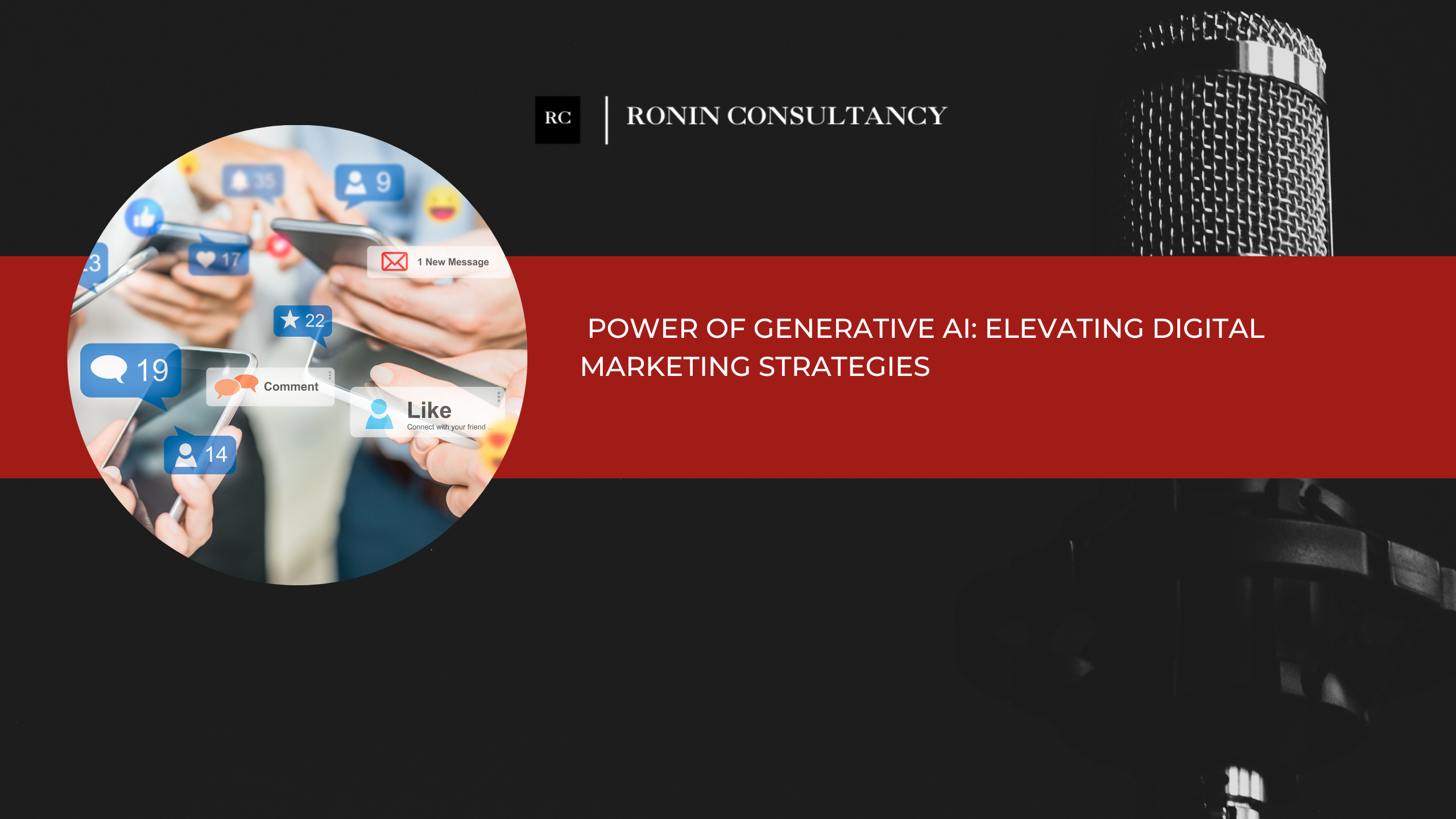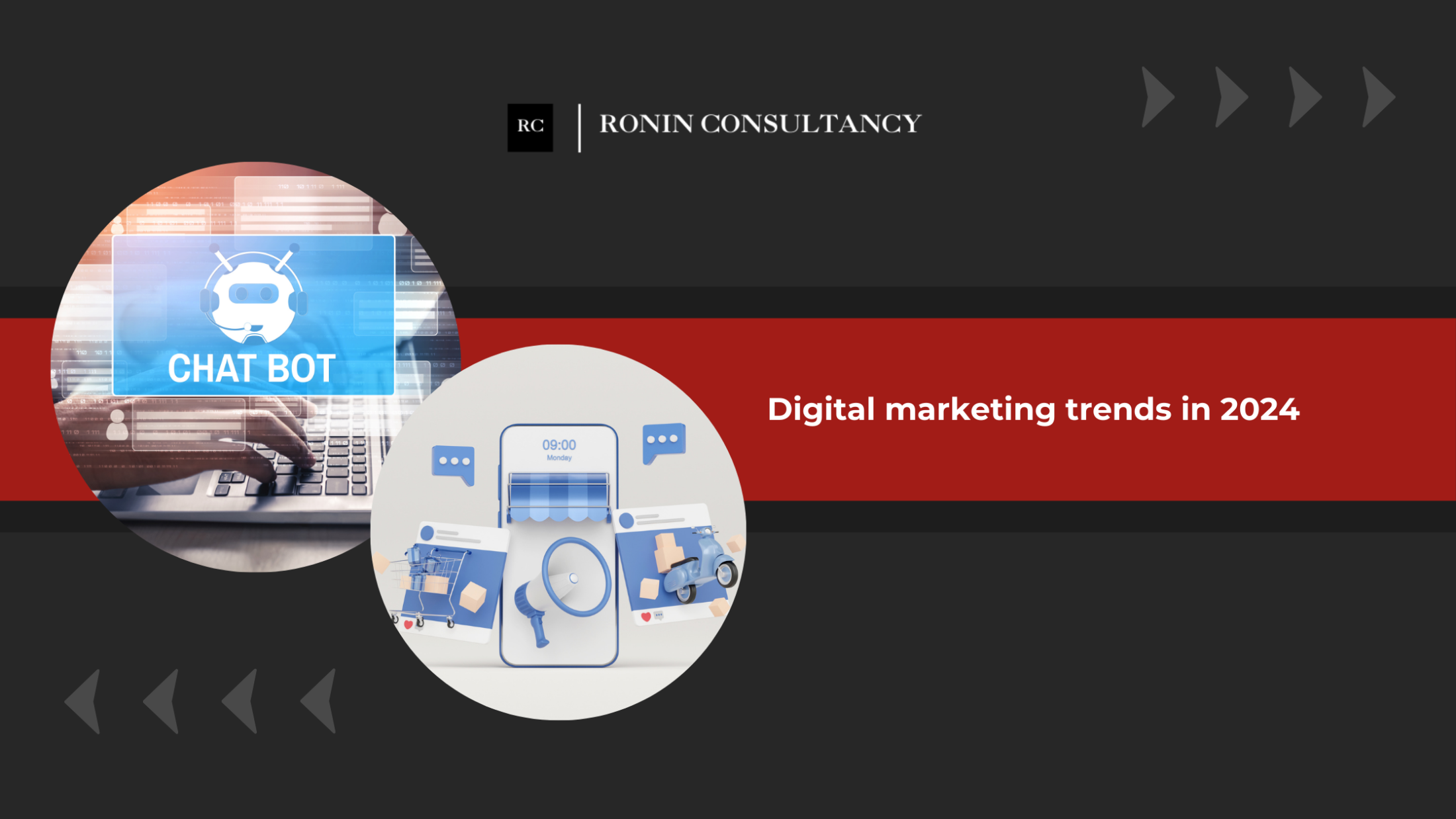The e-commerce industry is constantly evolving, driven by advancements in technology and changing consumer behaviors. As we look ahead to 2024, it’s important for businesses to keep up with the latest trends and leverage them to maximize their online presence. In this article, we will explore the top e-commerce trends and the future that are expected to dominate in the incoming years.
1. Social Commerce:
With the rise of social media platforms, brands are leveraging these channels to facilitate seamless shopping experiences. Social commerce enables customers to make purchases directly within social media platforms, eliminating the need to navigate to external websites. This trend enhances convenience, encourages impulse buying, and leverages the power of social influence to drive sales with one click. Therefore, It’s important for marketers to get this opportunity and enhance the shopping experience for their customers.

2. Mobile Commerce (M-commerce):
With the significantly increasing number of people using their mobile devices to shop online In 2024. To capitalize on this trend, businesses must optimize their websites and apps for mobile responsiveness, ensuring a seamless and user-friendly experience across various devices.

3. Voice Commerce:
The popularity of voice assistants such as Amazon Alexa, Google Assistant, and Apple Siri is paving the way for voice commerce. Consumers are embracing voice commands to search for products, locations, make purchases, and engage with brands. E-commerce businesses should utilize voice recognition technology, enabling customers to effortlessly shop through voice commands, and optimize their websites and product listings for voice search. It’s good to create voice-activated shopping experiences and the purchasing process.

4. Augmented Reality (AR) and Virtual Reality (VR) Shopping:
AR and VR technologies are reshaping the way consumers experience online shopping. By incorporating these immersive technologies, e-commerce businesses can provide virtual try-on experiences, visualize products in real-world settings, and create interactive shopping environments. AR and VR shopping enhance customer engagement, reduce returns, and provide a unique and memorable shopping experience.
5. Personalization and Artificial Intelligence (AI):
In 2024, personalization powered by AI will play a crucial role in e-commerce success. AI algorithms analyze customer data to provide personalized recommendations, tailored product offerings, and individualized shopping experiences. By understanding customer preferences and behaviors, e-commerce businesses can deliver targeted marketing campaigns, optimize conversions, and build long-term customer loyalty. It’s time to explore more about the power of Generative AI and apply tactics in your marketing strategy.
6. Omni-channel Integration:
Omni-channel integration continues to be a significant trend in e-commerce. In 2024, businesses must seamlessly integrate various online and offline channels to provide a cohesive and consistent shopping experience. Customers expect the flexibility to browse and purchase products through multiple touchpoints, including websites, mobile apps, social media, and physical stores. Omni-channel integration ensures a unified brand presence and maximizes customer convenience.
7. Sustainability and Ethical Practices:
As consumers become more conscious of sustainability and ethical practices, e-commerce businesses must align with these values. In 2024, customers will prioritize brands that demonstrate eco-friendly initiatives, ethical sourcing, and responsible manufacturing processes. Incorporating sustainability into the e-commerce strategy can enhance brand reputation, attract environmentally conscious consumers, and drive long-term growth.
The e-commerce landscape in 2024 will be shaped by transformative trends that leverage emerging technologies and align with evolving consumer expectations. By embracing social commerce, optimizing for mobile, adopting voice commerce, leveraging AR and VR, implementing personalization and AI, integrating omnichannel strategies, and prioritizing sustainability, businesses can stay ahead of the curve and thrive in the competitive e-commerce industry. It’s crucial to embrace these trends and adapt strategies to deliver exceptional online shopping experiences while capturing the attention and loyalty of consumers in the digital era.
Preparation is the key to success, thus let’s update the latest Digital Marketing trends in 2024 now.



